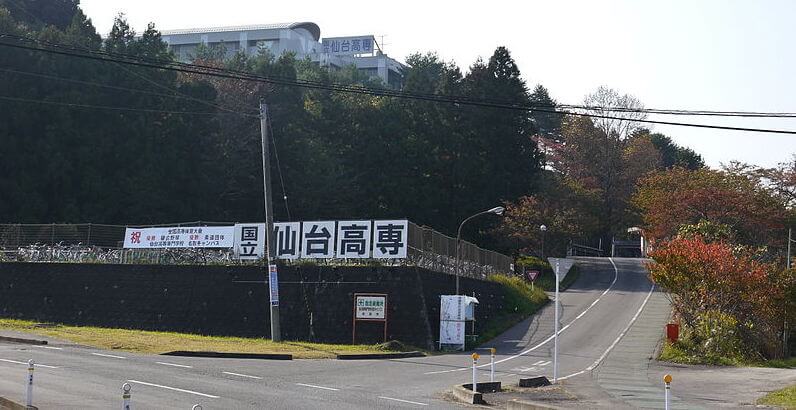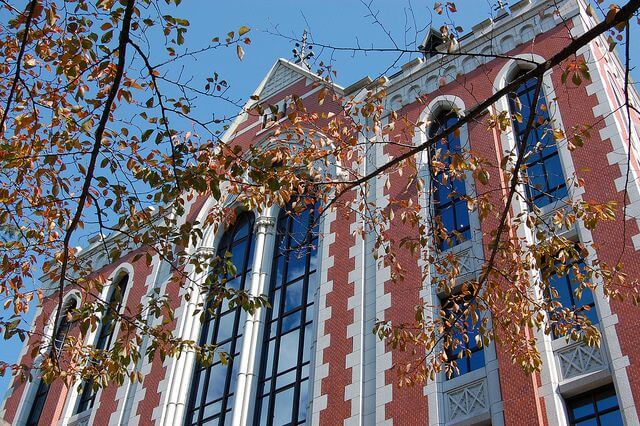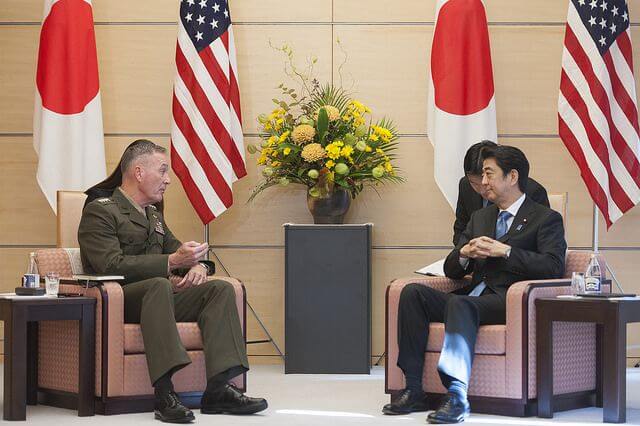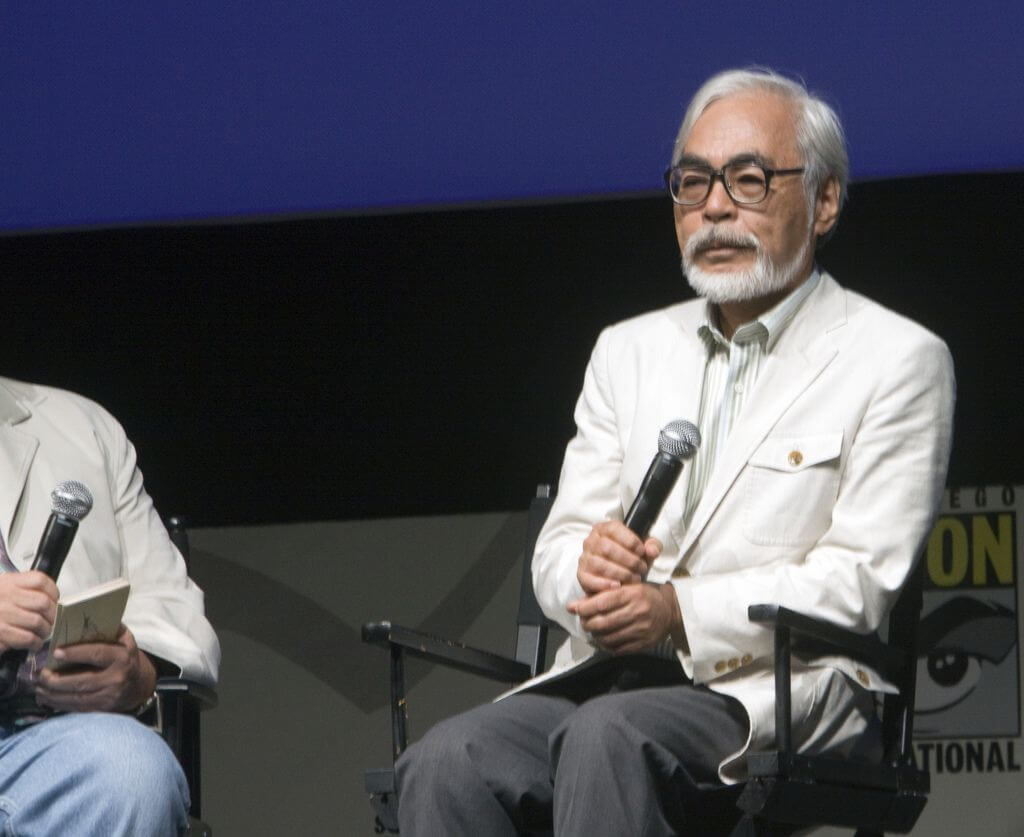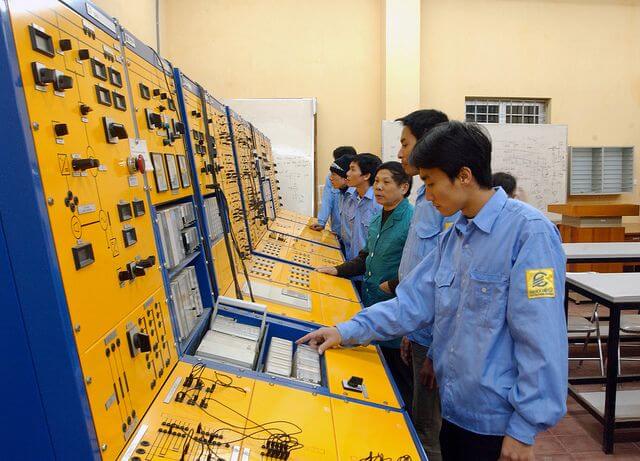作者:Blaine Harden
編譯:陳嵩仁、陳采華
日本古錢教育系統 彌補了技術缺工
每年日本約有1%的15歲的學子進入高等專門學校(簡稱高專)裡全力投入訓練,學子們不斷學習,從組裝機器人到寫入軟體、測試二極管與學習英文, 甚至弄髒雙手在工廠粗活中磨練,而等待他們的,是源源不絕的工作機會。
高專以「傳授深入專門的學藝,育成職業必要的能力」為教育目的,此制度類似於臺灣教育中的五專,修業年限五年(商船相關學科為五年又六個月),相當於高中的三年加上短期大學的兩年。畢業後授予副學士學位。
儘管日本近年經濟成長停滯,加上人口逐年萎縮,但他們卻有大量的就業機會。根據高專人員指出,經過五年標準課培訓程,從這57間高專畢業的學生,將會有20多個就業機會等著他們。而其他繼續兩年進階課程的學生,甚至可以達到30多個,這些高專在日本被統稱為「Kosen古錢」。古錢泛指在古代曾被各國使用的貨幣,目前古錢幣已經不再發行,存量稀少且不在市面上流通,所以具有很高的收藏與考古價值。
來到距東京車程約一小時的八王子市(Hachioji),我們就讀於古錢學校的訪談者黑川(Kikaru Kurokawa)表示,目前離畢業還有一年多,但已經有工作在等他了。這位充滿抱負的化學家,14歲時就在家附近的泥水坑裡測試酸雨。而等著他的,是三得利旗下的釀造和蒸餾部門,負責進行水質劃分,三得利株式會社是日本的一家以生產和銷售啤酒、洋酒、軟飲料為主要業務的老牌企業。
古錢透過課堂中學術與技能的融合,解決了日本教育體系的不足之處。許多國家極力提倡的普及教育,因此造成所謂的「技術鴻溝」(Skill gap)。獲得學位的學生,往往忽視該有的實作能力,只一昧追求錢多事少離家近的工作。
政府的國立大學金融管理中心研究部主管金子元久(Motohisa Kaneko)表示:「在日本,主流偏好填鴨式教育,缺乏實際學習指導。舉例來說,主修電子學的畢業生,連最基本的三用電表操作都不太熟悉。」
困擾著日本的「技術鴻溝」問題也正席捲美國。根據2011年由哈佛大學教育研究生的研究來看,美國20~24歲年輕人自2000年以來就業比例從74%下降到62%,自1930年來從未見過的低迷水平。這些都是廣設大學的後遺症,也是大多數阻礙美國青年投入就業市場的元凶。
根據人口普查數據顯示,至20世紀中期,大約只有40%的美國人擁有大學本科學歷,這也呼應了前面研究報告的說法,大學教育並不是提升就業機會的良藥。
「我們丟下了很多孩子」喬治城大學教育勞工中心主任Anthony P. Carnevale說,「美國高中都是為大專以上學歷做準備,但這並非適用每個人。在這段期間,這些孩子喪失了與現實工作接軌的機會。」
讓學生擁有豐厚新資的最佳途徑,是讓學生留在學校,接受以工作為導向的學習。根據最近兩項研究指出,大多工業化國家在強調職業教育的程度遠遠超過美國。日本在1961年因為因應產業需求的關係而發明了「古錢系統」。這對汽車製造業者特別有影響,因為隨著戰後的經濟開始繁榮,造成工程師極度短缺,因此企業推動政府建造學校來培養更多所需人才。
實質效益在八王子市非常成功,學子們解決該地近1000家企業人才短缺問題。幾乎所有的學生在他們的第四年,都會離開校園在並在當地的公司進行無薪實習,而這些公司也發聘書請這些學生畢業後工作。根據數據顯示,五年制的古錢畢業生收入大約相當於美國學士的薪水,而七年制(古錢再進修兩年)畢業生收入則相當於美國碩士。
「古錢把學生放在獲取技術和真正就業的關鍵路口上」,微軟教育計劃副總裁Anthony Salcito說到,與古錢學校合作,培養學生在軟件上的開發,而日本為了跟上全球化的腳步,許多古錢畢業生被派往國外,以幫助管理日本獨資工廠。
與日本的高中生相比,古錢學生往往忽視的是文科。「對於我們的學生來說,過多的文科課程是一種時間和人才的浪費」電機工程教授兼古錢副院長Tomohiko Ohtsuka說。(延伸閱讀:國外編輯部/人文無用?從安倍政府推技職、欲廢文科說起..)
通過這項政策,日本高等教育更是一枝獨秀,年輕人完成高等教育比率排名世界第三,遠超過第16名的美國,但許多日本大學面臨著人口挑戰,低於15歲的學生數已經連續下降30年了,有些學校正面臨被迫關閉的危機。 但目前學生短缺問題尚未影響到古錢學校,至今,所有古錢校院學生數量約5萬名,且通常以筆試為錄取基準,有些則是透過老師或校長推薦。日本政府每年支付約25000(日)元給每位古錢學生,而學生只需交納3500元的學費。
「父母知道自己的孩子畢業後會有好工作」國家古錢系統總裁Yujiro Hayashi說,「 雖然日本各地學生人數一直下降,但我們在招生方面將不會有問題。」
【作者:Blaine Harde】
美國記者哈登〈Blaine Harden〉常以記者熟練、精湛的手法,寫出在教育、人權方面前所未有的報導。曾替北韓脫北者申東赫的遭遇發表專書《逃離第14號集中營》,不但成為年度暢銷書,後來還被翻譯成27國文字。並曾於TEDxRainier說出北韓的不平等對待,並表達支持。
With workplace training, Japan’s Kosen colleges bridge ‘skills gap’
Every year, about 1 percent of Japanese 15-year-olds turn away from high school. Then they turn into full-time nerds-in-training, enrolling in colleges where they make robots and write software, test diodes and study English, dirty their hands on factory floors and wait for job offers to come flooding in.
Flood in they do, even though Japan’s economy is stagnant and its population is shrinking. Graduates of the standard five-year course at Japan’s 57 national colleges of technology, collectively known as Kosen, can each expect about 20 job offers, school officials say. Students who stay on for two years of advanced study receive about 30 offers.
Kikaru Kurokawa will not graduate until next year from the Kosen here in Hachioji, an hour west of Tokyo. But a job is already waiting for him. The aspiring chemist, who at 14 was testing for acid rain in mud puddles near his house, will go to work this spring in the
water-quality division of Suntory, a brewing and distilling conglomerate.
Kosen are hybrids of high schools and colleges that serve a small but important slice of the higher-education market, attracting students — often from working-class families — who combine an instinctive passion for building gadgets with above-average aptitudes in science and math.
By fusing classroom rigor with workplace know-how, these colleges fix a failing of high schools and universities in Japan — and in the United States.
It’s called the “skills gap,” and it’s the bitter fruit of educational systems in both countries that aspire to make college accessible for all but that often produce students who, if they do get a degree, focus too narrowly on abstractions while neglecting the hands-on competence necessary for landing jobs that pay middle-class wages.
“In Japan, the mainstream education system is extending childhood and not giving practical training,” said Motohisa Kaneko, director of research at the government’s Center for National University Finance and Management. “Even the basic competence of university graduates in engineering is rather dubious.”
The skills gap that troubles Japan is tormenting the United States. Since 2000, the percentage of U.S. young adults ages 20 to 24 with jobs has fallen from 74 percent to 62 percent, a level not seen since the 1930s, according to a 2011 study by Harvard University’s Graduate School of Education. It concluded that the “college for all” system that emerged in the United States after World War II is failing the majority of American youths.
By the time they reach their mid-20s, only about 40 percent of Americans earn an associate or bachelor’s degree, census data show.
“We are leaving a lot of kids behind,” said Anthony P. Carnevale, director of Georgetown University’s Center on Education and the Workforce. “High school in America is about preparing for a college degree that most young people will not get, and in the meantime, these kids are disconnected from anything that is real in the world of work.”
A potential cure for what ails secondary and higher education in the United States and Japan looks a lot like what Kosen colleges have been doing for a half-century: requiring high school-age students to spend time in an actual workplace, integrating abstract subjects such as algebra with the use of cutting-edge machinery, and including local industry in the design of a constantly updated curriculum.
Work-based learning is the best way for the majority of students to stay in school and find jobs that pay well, according to two recent studies. Most industrialized countries stress vocational education far more than the United States does.
Japan invented the Kosen system in 1961 because industry, particularly automakers, demanded it. As the economy began a postwar boom, there was a desperate shortage
of engineers. Corporations pushed the government to create colleges that would churn them out.
In the Hachioji school, students work to solve real-world problems for the area’s nearly 1,000 companies. Last year, a chemical-engineering student came up with a low-cost, nontoxic solution — made with persimmon juice — that replaces a toxic chemical used to make chrome for cars. Nearly all students leave campus during their fourth year to work as unpaid interns at local companies that later compete to hire them. Five-year graduates earn roughly the equivalent of a U.S. bachelor’s degree, while seven-year grads earn the equivalent of a master’s.
“Kosen put students at the critical intersection of acquiring technical skills for real employability,” said Anthony Salcito, a vice president for education programs at Microsoft, which works with Kosen colleges to train students in software development.
As Japan races to keep up with globalization, many Kosen graduates are being sent abroad to help manage Japanese-owned factories.
What Kosen students tend to ignore, in comparison with high school students in Japan, are the liberal arts.
“For our students, too much liberal arts is a waste of time and talent,” said Tomohiko Ohtsuka, a professor of electrical engineering and vice president of the Kosen here.
By one measure, Japanese higher education is thriving: Japan ranks third in the world in college completion among young adults, well ahead of the 16th-ranked United States. But many Japanese universities face demographic challenges. The number of children younger than 15 has fallen for 30 consecutive years. Some schools might be forced to close.
The shortage of young people has yet to harm Kosen colleges, which serve about 50,000 students and have about 1.7 applicants for each available seat. Students are usually admitted on the basis of a written test. Some get in on the recommendation of a teacher or principal. The government pays about $25,000 a year per Kosen student, while students pay $3,500 each.
“Parents know their children will get good jobs when they graduate,” said Yujiro Hayashi, president of the national Kosen system. “While the number of students across Japan will continue to decrease, we anticipate no problem in finding students.”
【Author:Blaine Harde】
Blaine Harden is an American author and journalist. His most recent book is The Great Leader and the Fighter Pilot (2015). It’s about the rise of the tyrant who created North Korea and a young fighter pilot who stole his way to freedom with the help of a Russian-made MiG-15.
原文刊登於《Washington Post》,經作者Blaine Harden授權編譯,未經許可不得轉載
